B2B Scarcity & Exclusivity: Drive Demand and Close Deals Faster
"Renew your software subscription now to get a 5% discount.”
“Purchase these two services together for a price cut.”
“Be a part of the first people to use our ranked tools.”
Ever felt a sudden urgency to act on a B2B offer or a deep sense of privilege being invited to a closed group? Do the statements above feel all too familiar? You've experienced the subtle but powerful pull of scarcity and exclusivity.
As a business leader, you've likely seen these tactics at play:
-
The time-bound discount on a software renewal is compelling you to commit before the deadline.
-
The exclusive beta invitation to test a new enterprise tool makes you feel valued and gives you a competitive edge.
These aren't just clever tricks; they're rooted in human psychology, designed to cut through the noise and shorten the notoriously long B2B sales cycle. When used correctly, leveraging a fear of missing out (FOMO) or a desire for VIP status can dramatically accelerate decision-making and build fierce client loyalty.
Ready to harness these potent drivers of demand? We'll explore the 'why' and the 'how' of implementing scarcity and exclusivity to close deals faster and secure lasting customer relationships.
What is Scarcity and Exclusivity in B2B Marketing?
Scarcity and exclusivity marketing is a strategy that combines limited availability, time, and unique access to drive customer demand and sales.
-
Scarcity creates urgency by emphasizing limited product availability, time-sensitive offers, or rare opportunities.
-
Exclusivity builds desirability by offering products, services, or experiences that are only available to select groups or under specific conditions.
In fact,
The idea behind scarcity aligns with the basic economic demand and supply. The lesser the supply, the more a product or service's perceived value. When we discover that a product we want or need is going to be unavailable, whether due to limited time or quantity, we take every step possible to procure it quickly for our business. And that’s called FOMO—fear of missing out. - Adrian Iorga, Founder & President at 617 Boston Movers says.
For instance, Aliibaba, a B2B ecommerce marketplace, employs flash deals to drive FOMO. Wholesale businesses see they can procure a large quantity of their preferred goods at a highly discounted price and rush in to seal a deal before time runs out.
Banking on this approach, Alibaba projects 1 trillion yuan in new transactions from instant retail and flash sales over the next three years.
Studies show that 69% of millennials fear missing out (FOMO) on good but limited deals. Surprisingly, millennials make up 71% of B2B buyers, or even more already, according to Forrester. This makes scarcity a crucial tool to raking in revenue for your B2B business if used well.
In fact, according to some statistics, marketing drives 60% of all sales, all due to FOMO.
Combine low supply and exclusivity, and you get a constant stream of higher demand in return.
The Good and Downside of B2B Scarcity and Exclusivity Marketing
The B2B market is saturated, and there are likely a dozen other businesses offering the same product and service or a variation of it to your target market. Scarcity and exclusivity help you stand out by:
-
Increasing your product value: The less available a product is, the bigger its perceived value. This is because people attribute luxury and originality to things that are not readily available in large quantities.
-
Increasing Sales: Inflated product value and reduced supply can trigger FOMO, leading to a buying spree.
-
Boosting loyalty: Customers who secured a good deal from your e-commerce store, either through exclusive access or rush-hour purchases, are also likely to refer their friends and family.
“But there’s also a catch. B2B buyers rely heavily on data, ROI projections, compliance, and clear value justification before making a commitment. So, scarcity and exclusivity on their own can feel like gimmicks if not backed by evidence” - Josh Howarth, Co-Founder & CTO at Exploding Topics, says.
Besides, too many "grab now at a discounted price" or "snag a tailored deal before today ends" can feel like a rip-off strategy to get them to buy, especially if they end up getting less value for their investment and effort.
How to Implement Scarcity and Exclusivity for B2B Marketing
Scarcity and exclusivity can backfire if they only serve to exploit the emotions of your B2B audience. Here's how you can do it the right way instead:
1. Gather your data and know what works
Scarcity and exclusivity need data. You need to understand what your audience needs, how your products can meet these needs, and when to leverage this knowledge to drive adoption effectively. Start by doing the following:
-
Analyze past campaign data to look at which promotions or product launches drove the most engagement and fastest conversions.
-
Identify the top buyer segments, their pain points, and what motivates them to take action.
-
Use surveys, interviews, or post-sale reviews to find out why clients chose you—buyer intent—and what benefits mattered most.
-
Study how competitors utilize scarcity and exclusivity, and then find ways to differentiate yourself with more substantial value.
-
Map your buyer's journey to identify where prospects stall in the funnel and where a well-timed exclusive offer could help them progress.
To collect as much information as possible, utilize data from your CRM, marketing automation platforms such as ActiveCampaign, Google Analytics, HubSpot, and data warehousing tools like Snowflake.
You can also send out survey forms to target specific segments among your buyers and include questions like,
Which software add-on would serve your business but you can’t acquire at the moment?
Then follow up with,
Why have you not gotten it?
Then, list different options, including their costs. If the majority picks cost, you already know what to target with your next scarcity and exclusivity marketing.
Lacey Jarvis, COO at AAA State of Play, advises
Businesses not to just roll out scarcity- and exclusivity-driven campaigns on a whim. Instead, each campaign should be tied to clear, data-driven outcomes, such as lead-to-deal velocity, deal size, or reduction in churn. This helps to keep your goals SMART.
2. Create limited-time offers for high-value prospects
Time scarcity elevates the message of "I'll not always be available" to a new level if used right.
-
From your data, pick the products or services that appeal to your B2B audience the most, or products and services that are not gaining enough traction. The latter can ride on time-limited offers to grow in value and quickly sell out.
-
If a product is already performing well, there's no need to force urgency unless it's tied to a clear incentive, such as a limited-time discount, bonus feature, or priority onboarding.
Additionally, not every prospect requires an offer. That's what makes it scarce and exclusive. Target low-hanging but possibly high LTV leads while giving special attention to your high-value clients.
Another way time scarcity can work is through contract renewals and upgrades. Depending on your client's subscription cycle, you can renew in a few months or days with a time-limited discount.
3. Launch early access programs for key decision makers
Stanislav Khilobochenko, VP of Customer Services at Clario, says,
If you want to build customer loyalty while still making sales, reward your long-term customers with a deal. This can include time-limited early access to some of your most famed products or discounted subscriptions that are open only to a select few.
An example is Nvidia’s early access program. The graphics technology company regularly gives developers exclusive first access to cutting-edge tools, such as the latest Maxine Developer Platform Early Access release. This includes features like Voice Studio Voice Low Latency, which transforms ordinary microphones into studio-quality mics for crystal-clear conference calls.
The benefit of this access is that key decision-makers within your target brands can gain insight into how your products or services work and make informed decisions before they are released. So, you already have a queue of confirmed buyers waiting before your product roll-out.
4. Build VIP Communities For Select Clients
Nicolas Breedlove, CEO at PlaygroundEquipment.com, says you can categorize VIP clients based on:
-
How long have they been using your product
-
How much they've spent subscribing to your offerings
-
How loyal they've been to your brand
He also says,
Use any or all of these indicators and create a group for the selected clients. Then push out certain perks to the, like cheaper subscription fees, recurrent early access programs, priority onboarding for new features, crucial industry reports, or exclusive strategy sessions with your team.
These extras help your clients feel valued, but they can also encourage other customers to convert, upgrade, stay longer, and work toward becoming part of the VIP group. Of course, you need to keep your VIP community circle small to maintain exclusivity.
5. Introduce product bundling
“Product bundling means combining multiple products or services and selling them as a single package, often at a discounted price, compared to purchasing each item individually. This approach encourages your customers to buy more, increases perceived value, and can help businesses boost sales of less popular items by pairing them with bestsellers.” - Ben Kruger, CMO at Event Tickets Center, shares.
Let's say you offer a contract management software and expense tracker, individually, for businesses. You could create a bundled package that offers both tools at a slightly reduced rate compared to buying them separately. This increases customer stickiness and introduces clients to products they may not have considered purchasing on their own.
Mind you, product bundling only heralds scarcity and exclusivity if it's done at specific times, rather than every time.
For instance, you could pair two complementary but distinct B2B services and supplement them with time scarcity during seasonal holidays, company events, or even product launches. Limiting the bundle to a set window makes it feel special and positions the offer as a unique opportunity rather than just another discount.
6. Align Scarcity Messaging With Sales Enablement Teams
Scarcity and exclusivity are most effective when your sales team knows how to communicate them effectively to prospects and existing clients.
Grant Aldrich, Founder of Preppy, suggests equipping them with talking points, email templates, and objection-handling guides that explain why the offer is limited and what value it delivers.
“Also, train your sales enablement team to be able to articulate deadlines and requirements to be qualified for any of your scarcity and exclusivity campaigns so your prospects don’t feel pressured into making a decision”, Grant continues.
Additionally, ensure they're kept informed as your campaign performance changes, so they can adjust their messaging in tandem with the marketing team.
Results from Brands Using Scarcity and Exclusivity
Let's quickly explore a few brands that have achieved results by incorporating scarcity and exclusivity into their campaigns.
Nvidia
NVIDIA is a leading technology company known for its cutting-edge GPUs, AI innovations, and contributions to gaming, computing, and data science. While the tech giant passively embraces scarcity marketing, reality continues to show how FOMO drives its market.
According to Nvidia CEO Jensen Huang,
Demand is so great that delivery of our components, our technology, infrastructure, and software is really emotional for people.
The fact that you have to join a queue hundreds of meters long, despite having billions of dollars to pay for chips, automatically increases the perceived value of Nvidia's chip beyond average and makes customers want to bulk purchase more than initially estimated.
Amazon
Amazon, a global e-commerce giant serving both B2B and B2C businesses, offers Lightning Deals—a time-sensitive promotion featuring deep discounts on limited stock designed to encourage quick purchases before the deal ends.
Interestingly, each of these deals only lasts a few hours and disappears when the countdown runs out. This creates FOMO, especially since you might not see the same product discount anywhere else.
Wrapping up
Scarcity and exclusivity are commonly used B2C marketing strategies because they leverage urgency and FOMO to trigger impulse buying. If you want to apply the same approach to your B2B business, you need to start by gathering data on your audience and understanding what will likely work—scarcity, exclusivity, or both—and how, rather than relying solely on emotions.
If you're creating limited-time offers, focus on products that are not yet in high demand so that they can gain traction. You can launch early, limited-access programs for all prospects and decision-makers, while grouping your high CLV clients into a VIP community for exclusive perks.
Product bundling can also help your less popular products gain visibility, but it should be used sparingly to remain effective and exclusive. Lastly, align your messaging with the sales team instead of letting the marketing team work in a silo.
When it comes to building a sales cycle designed to attract a B2B audience, Aspiration Marketing has the expertise to help you create a compelling journey for your business.
This content is also available in:
- German: B2B-Marketing: Wie Knappheit und Exklusivität den Verkauf ankurbeln
- Spanish: Impulsar Ventas B2B con Estrategias de Escasez y Exclusividad
- French: Rareté et Exclusivité en B2B : Augmentez Vos Ventes Rapidement
- Italian: Scarsità ed Esclusività nel B2B: Strategie per Aumentare le Vendite
- Romanian: Raritate și Exclusivitate în B2B: Accelerează Vânzările și Loialitatea
- Chinese: B2B 稀缺性和排他性:拉动需求,加快成交

Opinions expressed in this article are those of the guest author. Aspiration Marketing neither confirms nor disputes any of the conclusions presented.



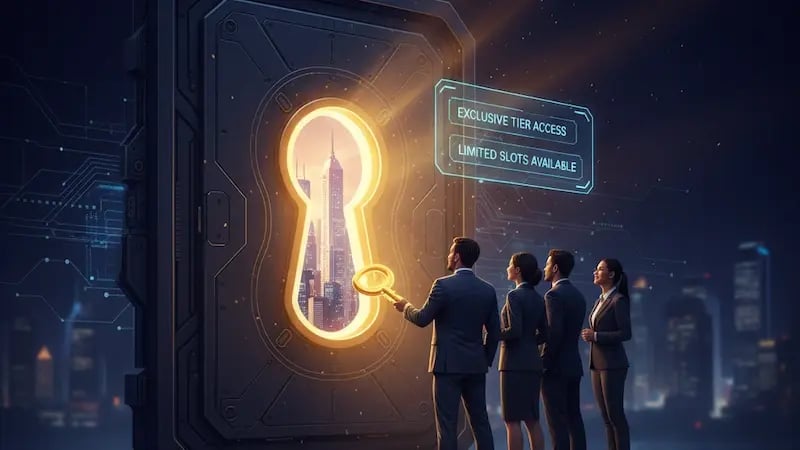
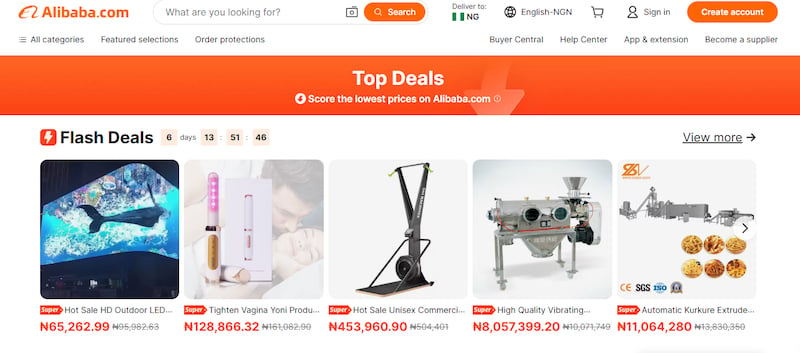

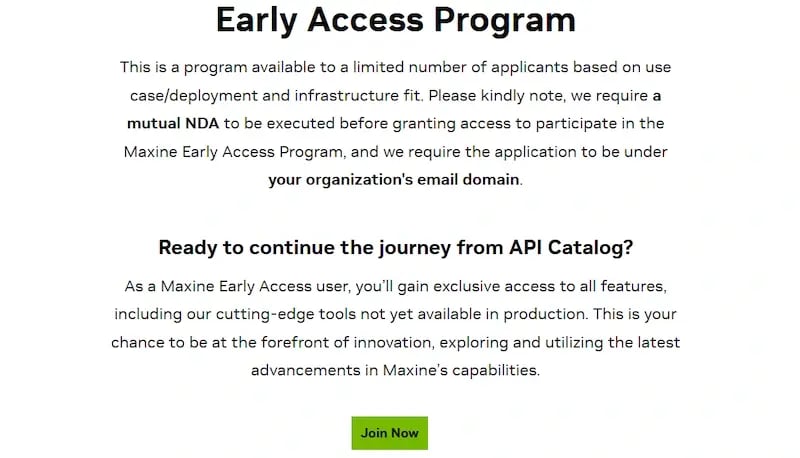
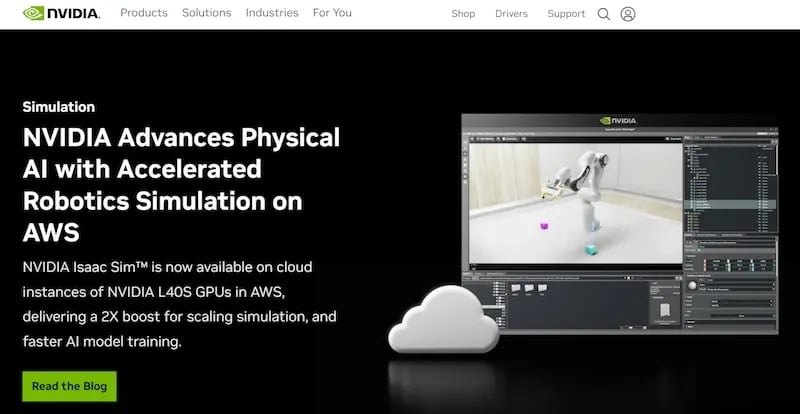
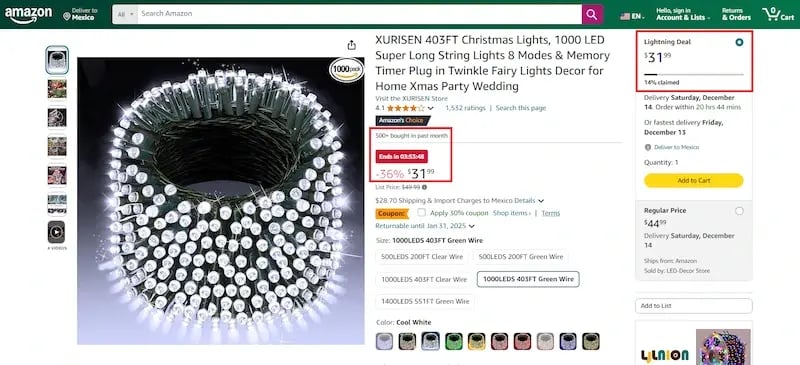




Leave a Comment